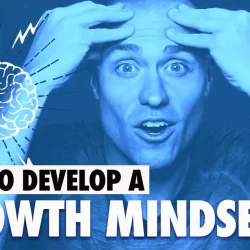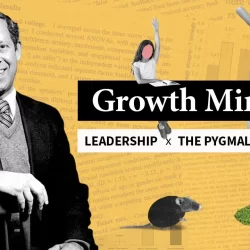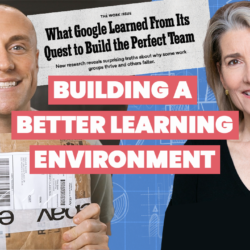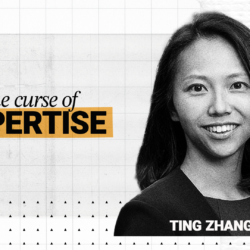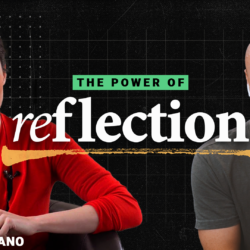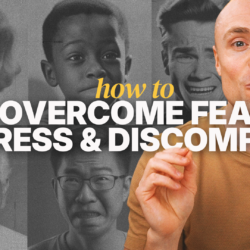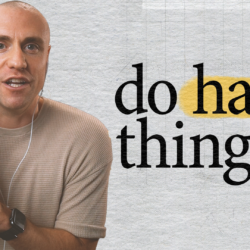If we want more effective teams we need to invest in creating a better culture. If we want a better culture we have to build psychological safety.
Featuring
Amy Edmondson: Harvard Business School Professor
Daniel Coyle: New York Times Bestselling Author
Eric Ragan: Grinnell College Women’s Volleyball head coach
Norah Hill: Grinnell College Women’s Volleyball team co-captain
Key Points
All teams are not created equally
Some teams add up to more of the sum of their parts, others do not. Research that shows that more important than who is on the team, it’s really about how the team works together.
Google: Project Aristotle
Google spent five years looking for the key variables that can predict group performance. After ruling out expected variables like individual performance, group dynamics, tenure, age, etc… they discovered the work of Amy Edmondson. Psychological safety was the answer to the puzzle and they found it to be the most important factor in team performance.
Daniel Coyle: Culture Code
Daniel Coyle spent four years traveling the world observing high performing groups. He visited Pixar, the San Antonio Spurs, Upright Citizens Brigade, and even a group of jewelry thieves. Dan recognized three major similarities between the groups and explains it all in his incredible book: The Culture Code (hint: psychological safety was one of the three)
Psychological safety
Psychological safety is the feeling that we can ask questions, speak up, and take risks without being punished.
Myths of psychological safety
1. It’s not just about being nice. It’s about honesty and candor
2. It’s not about lowering our standards. It’s about keeping our standards high and allowing people to do the things that help them grow
3. It’s not saying everyone’s job or position on the team is guaranteed. In a psychologically safe environment we are real about the nature of the work and that the best way to add value to the group is to engage.
4. This is not dependent on the higher ups in a group. Building safety is local – we can impact the culture around us
More safety = more learning
When we feel safe we are more likely to engage in learning behaviors, like asking questions, speaking up, seeking out feedback, taking risks, and trying new things.
When we don’t feel safe the learning centers of our brain shut down and we are less likely to engage in learning behaviors.
How to build psychological safety
Amy Edmondson suggests focusing on three big elements to build safety:
1. Set the stage
2. Invite engagement
3. Monitor responses
Belonging cues
Daniel Coyle suggests sending constant belonging cues to our people that they matter, they are seen, and they belong. Cues are best sent through our actions.
Quick Links
Google: Project Aristotle
The Culture Code by Dan Coyle
The Fearless Organization by Amy Edmondson
Amy Edmondson’s TEDx Talk
Grinnell College Women’s Volleyball

